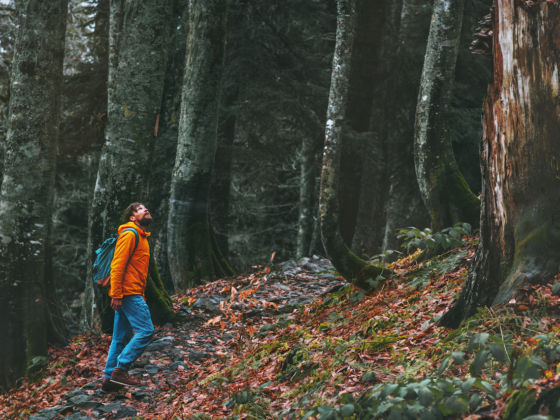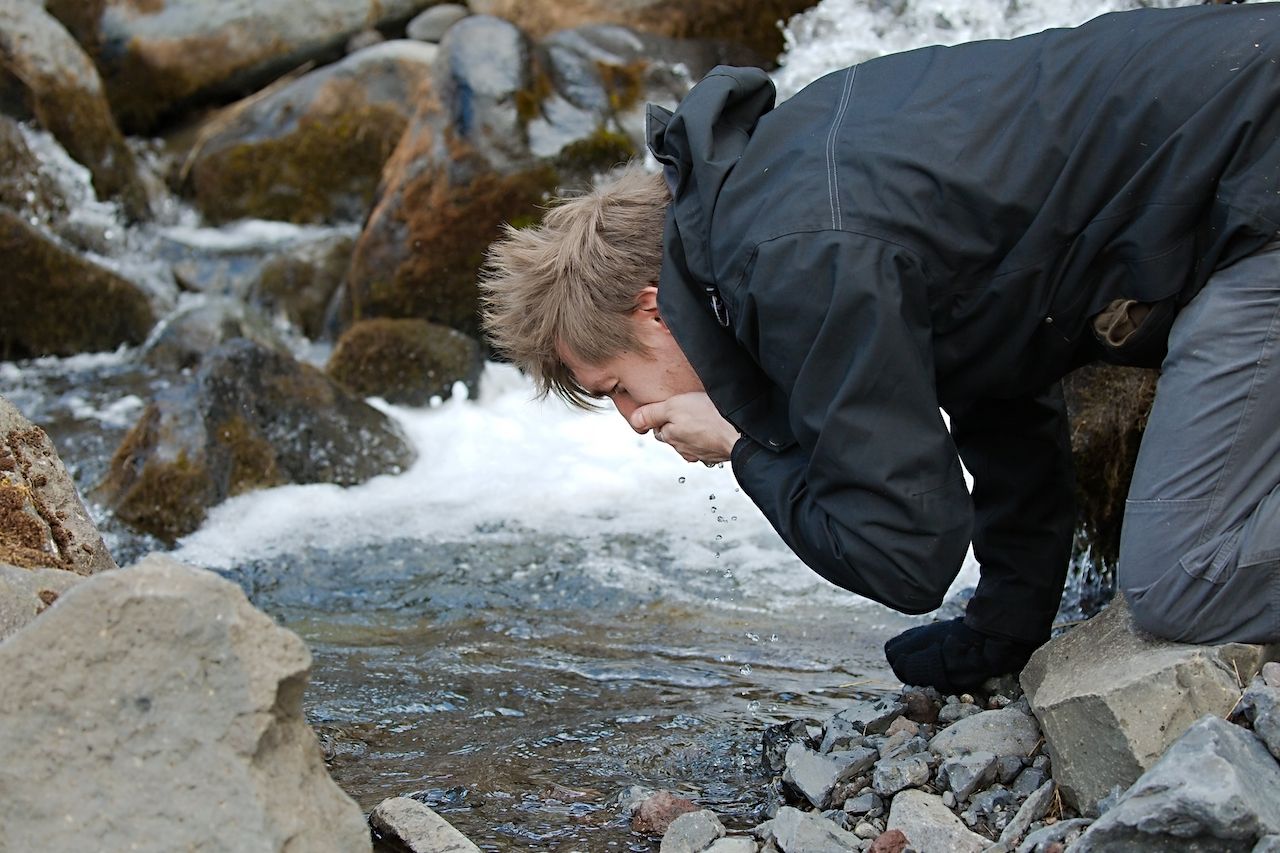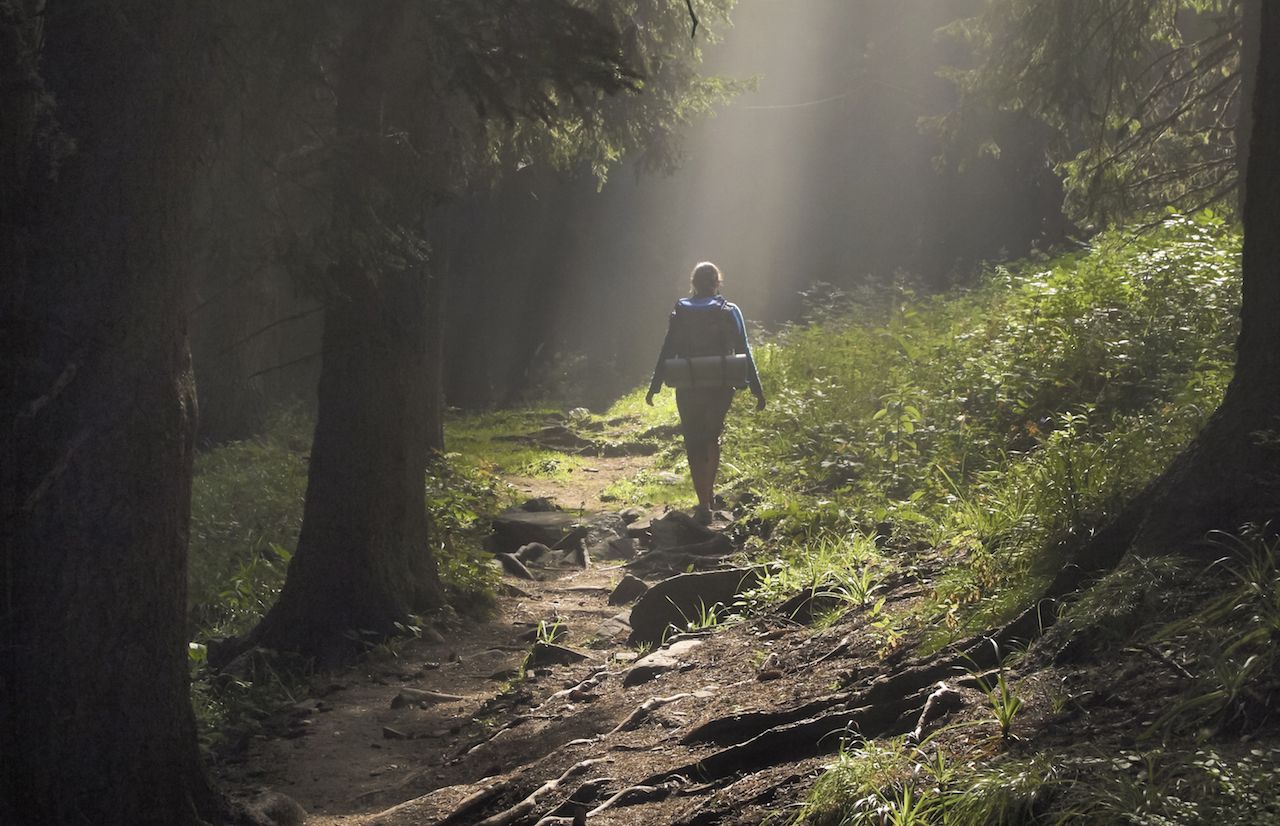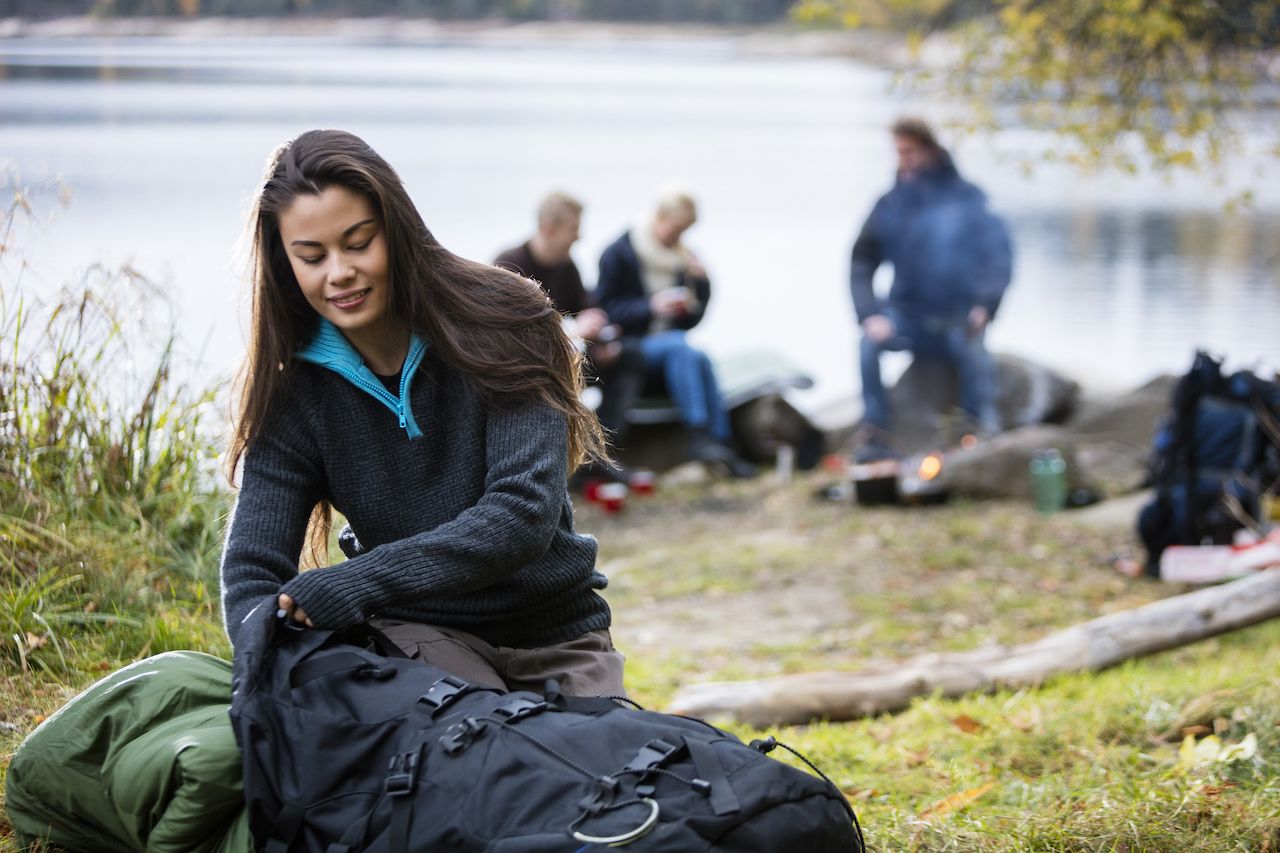Getting lost in the woods is up there with tarmac delays on the list of travel nightmares. Except there’s no free sodas and Biscoff cookies if you’re there longer than three hours. You’ll need to find your own food and water, a place to sleep and stay warm, and, eventually, your way out. Though we’ve never had the pleasure of being lost in the woods, hundreds of people have. And the folks at SmokyMountains.com culled through their stories to find out what those people did to survive.
Note that we don’t actually endorse a few of these… ahem, creative methods, but they did get the job done in keeping the stranded person alive. Thankfully, the website also sought the advice of Wildlife Ranger and survival instructor Andrew Herrington, who adds his more practical tips to those of the survivors.




